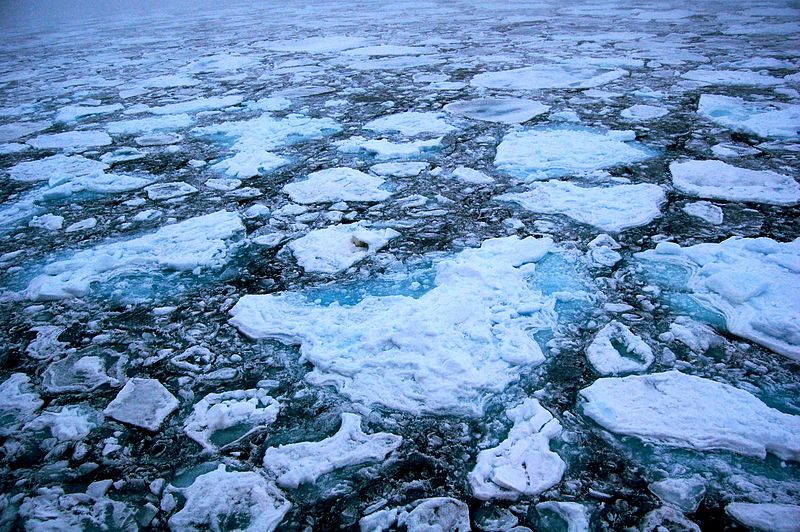Thickest Arctic ice melting fast
NASA has revealed that the thickest and oldest Arctic ice is disappearing faster than the younger, thinner ice.

NASA has revealed that the thickest and oldest Arctic ice is disappearing faster than the younger, thinner ice. The thicker ice is particularly important, because it reduces vulnerability to ice melt in summer. Thinner one year ice, formed in the last winter, generally melts during the summer.
The report has been published in the Journal of Climate and looks at how multi-year ice (ice surviving through at least two summers, has decreased over the last three decades. They have found that the multi-year ice extent is decreasing at a rate of 15 per cent in terms of surface area per decade. Extent is any Arctic area with more than 15 per cent ice cover.
The study also looks at multi year ice ‘area’, which is a measure of the Arctic covered completely by multi-year ice. This is decreasing at an even greater rate of 17 per cent per decade. "The average thickness of the Arctic sea ice cover is declining because it is rapidly losing its thick component, the multi-year ice. At the same time, the surface temperature in the Arctic is going up, which results in a shorter ice-forming season," says Joey Comiso, the NASA scientist behind the research. "It would take a persistent cold spell for most multi-year sea ice and other ice types to grow thick enough in the winter to survive the summer melt season and reverse the trend."
As the perennial ice has retreated, seasonal or one-year ice, has taken its place, meaning that more one year ice is making it through the summer, simply because of its volume. In total however, ice cover is shrinking at a considerable pace.
The multi-year ice reached its lowest extent in 2008 and then approached this low again in 2012, which naturally coincided with the lows seen across all Arctic ice in the years in question. The ice is measured using satellite data, which uses microwave readings to detect the differences in salt content between multi-year and seasonal ice.
The scientists are now looking to understand why these lows have occurred when they have. One theory is that a cycle, similar to the nine year cycle found in the Antarctic, could be in play, where ice area fluctuates over a number of seasons. Even if this is the case however, it is indisputable that the ice is at its lowest extent for many, many years.
